La Bête Humaine (film)
8 /10 1 Votes
93% Rotten Tomatoes Initial DVD release February 16, 2005 (Spain) Duration Language French | 7.8/10 IMDb 3.6/5 AlloCine Genre Drama, Film-Noir Country France | |||||||||||||||||||||||||||||||||
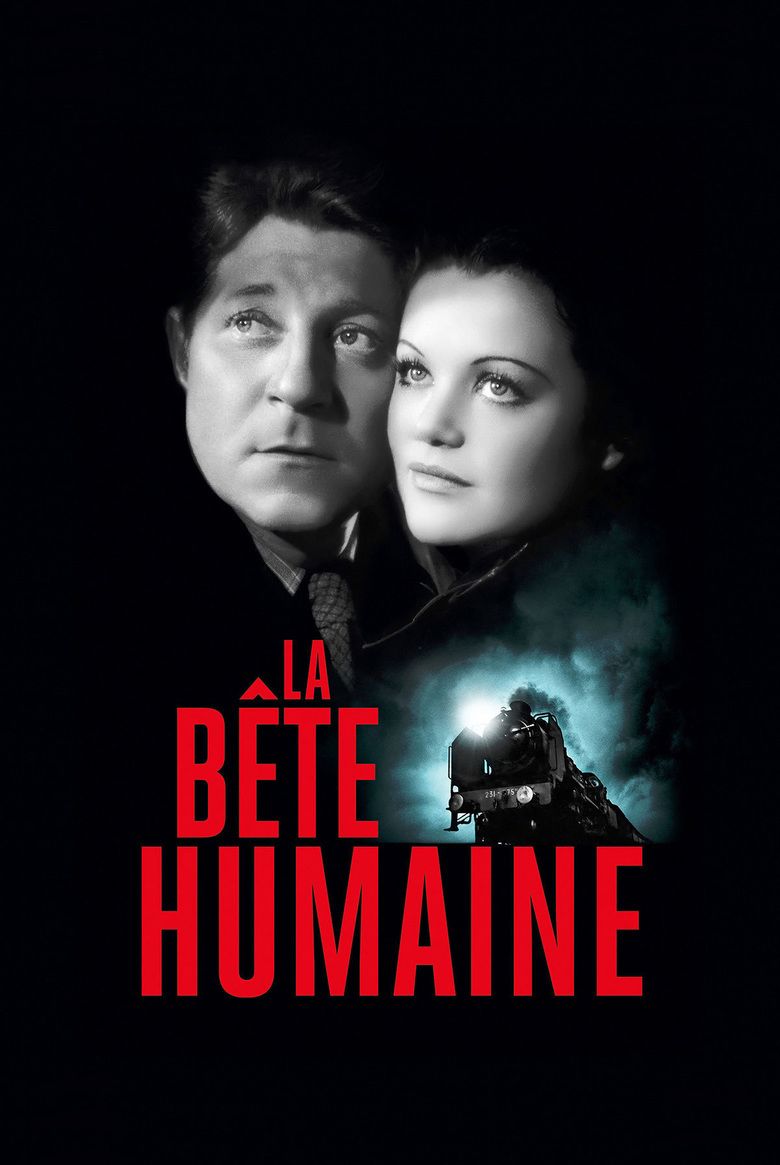 | ||||||||||||||||||||||||||||||||||
Release date January 23, 1938 (1938-01-23) (France) Initial release December 23, 1938 (France) Cast (Jacques Lantier), (Séverine Roubaud), (Roubaud (as Ledoux Sociétaire de la Comédie Française)), (Flore), (Le fils Dauvergne (as Gerard Landry)), Jenny Hélia (Philomène Sauvagnat (as Jenny Helia))Similar movies Mad Max: Fury Road , Irreversible , Brooklyn\'s Finest , Sea of Love , I Spit on Your Grave III: Vengeance is Mine , W Delta Z | ||||||||||||||||||||||||||||||||||
La bete humaine trailer
La Bête Humaine (English: The Human Beast and Judas Was a Woman) is a 1938 French film directed by Jean Renoir, with cinematography by Curt Courant. The picture features Jean Gabin, and is loosely based on the novel of the same name by Émile Zola.
Contents

La Bête Humaine is partially set "on a train that may be thought of as one of the main characters in the film." Although generally listed as a romantic drama, it is sometimes considered a precursor to the film noir genre.
Plot

The solitary Lantier, who drives a locomotive between Paris and Le Havre, is liable to go into a murderous fit if alone with a woman he desires. He only feels secure when driving the train with his fireman Pecqueux. However, he cannot fail to notice Séverine, the sexy wife of Roubaud, the deputy stationmaster at Le Havre. She in the past had an affair with the rich and influential Grandmorin. The jealous Roubaud forces her to meet Grandmorin on a train, There he robs and kills his rival, but by chance the off-duty Lantier is a witness. Because he is attracted to Séverine, he says nothing to the police, for which one night she rewards him. Then she starts suggesting to Lantier that he should get rid of her husband, but he fails the test. Instead, calling on her one night, he has a fit and kills her. Next day, after confessing to Pecqueux, he jumps to his death from the speeding train.
Cast
Production
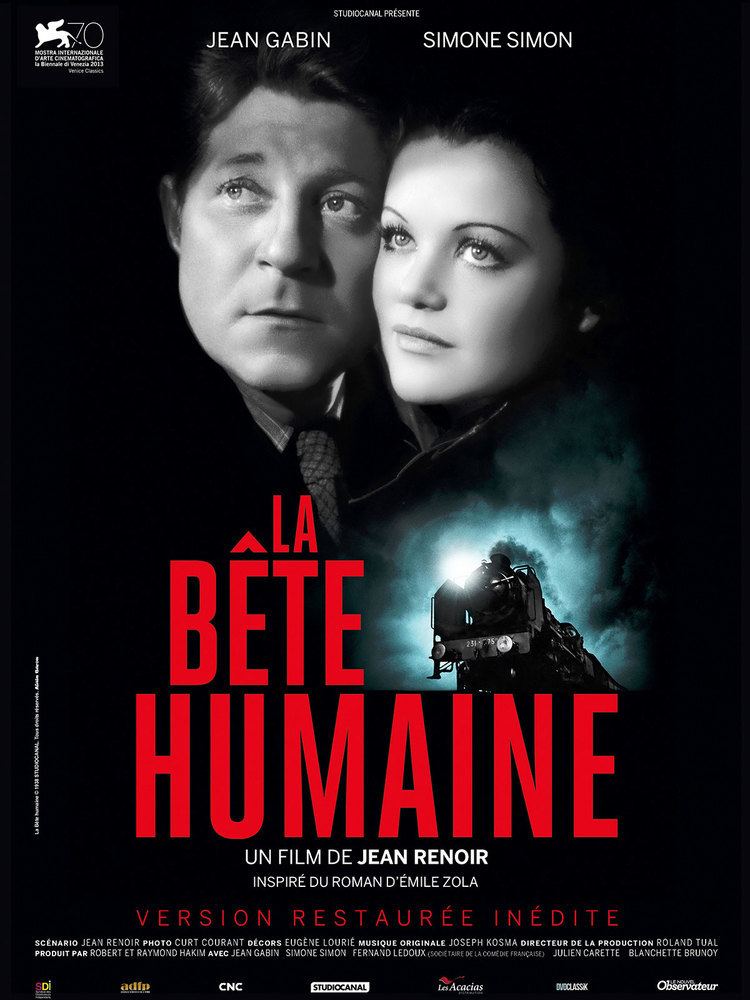
Jean Gabin wanted to star in a film about locomotives and wrote a screenplay called Train d'Enfer, that was originally to be directed by Jean Grémillon. Dissatisfied with the script, Grémillon suggested an adaptation of La Bête humaine. After his success starring in Renoir's Grand Illusion (1937), Gabin preferred to work with Jean Renoir again, and hired him instead of Grémillon. Renoir eventually wrote the script over a period of eight to fifteen days. After its completion, Renoir read the screenplay to Gabin's producer Robert Hakim, who asked for "trifling modifications".
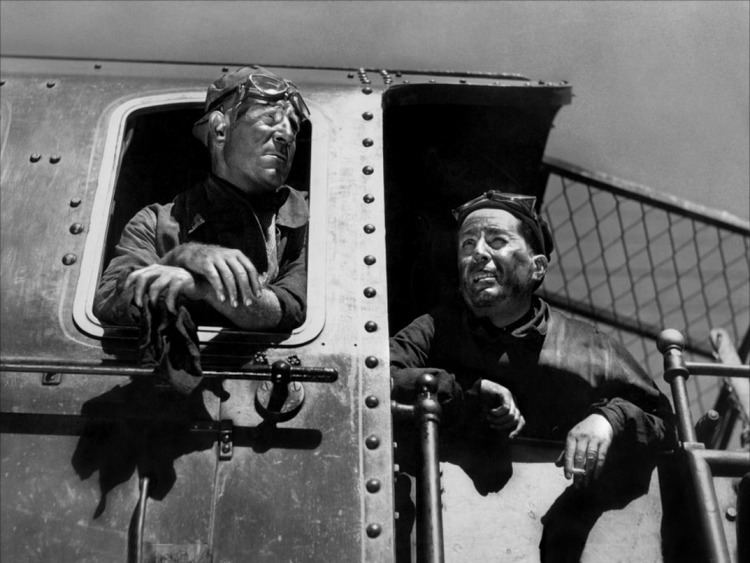
Renoir confessed that at the time when he wrote the screenplay, he had not read Zola's novel in over 25 years: "While I was shooting, I kept modifying the scenario, bringing it closer to Zola ... the dialogue which I gave Simone Simon is almost entirely copied from Zola's text. Since I was working at top speed, I'd re-read a few pages of Zola every night, to make sure I wasn't overlooking anything."

Filming commenced on August 12, 1938, with exteriors on the Gare Saint-Lazare and at Le Havre. Due to running time restrictions, Renoir had to omit several celebrated occurrences from the novel.
Critical response

Frank S. Nugent, film critic for The New York Times, gave the film a positive review even though he felt uncomfortable watching the film, writing:
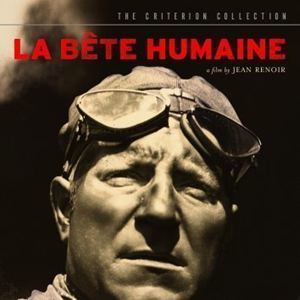
It is hardly a pretty picture, dealing as it does with a man whose tainted blood subjects him to fits of homicidal mania, with a woman of warped childhood who shares her husband's guilty secret of murder... It is simply a story; a macabre, grim and oddly-fascinating story. Sitting here, a safe distance from it, we are not at all sure we entirely approve of it or of its telling. Its editing could have been smoother—which is another way of saying that Renoir jerks his camera, jumps a bit too quickly from scene to scene, doesn't always make clear why his people are behaving as they do. But sitting here is not quite the same as sitting in the theatre watching it. There we were conscious only of constant interest and absorption tinged with horror and an uncomfortable sense of dread. And deep down, of course, ungrudged admiration for Renoir's ability to seduce us into such a mood, for the performances which preserved it.
Accolades
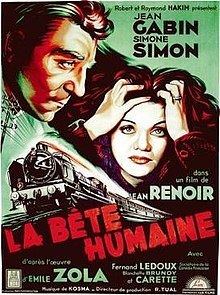
Nominations
